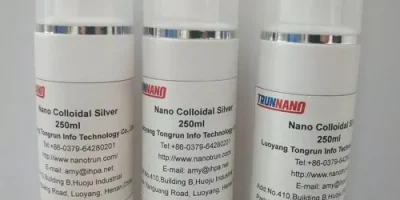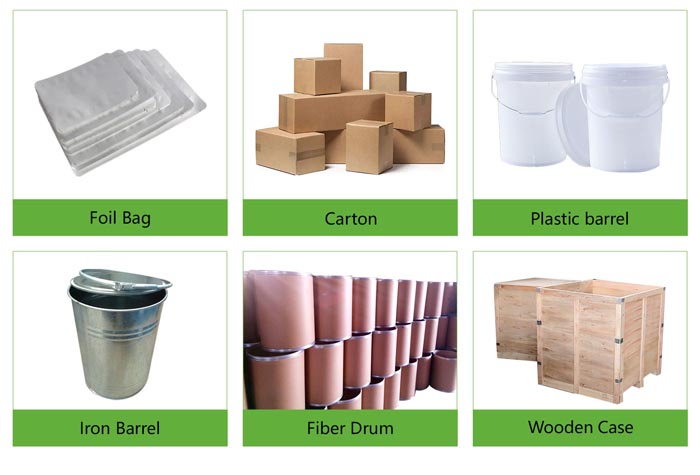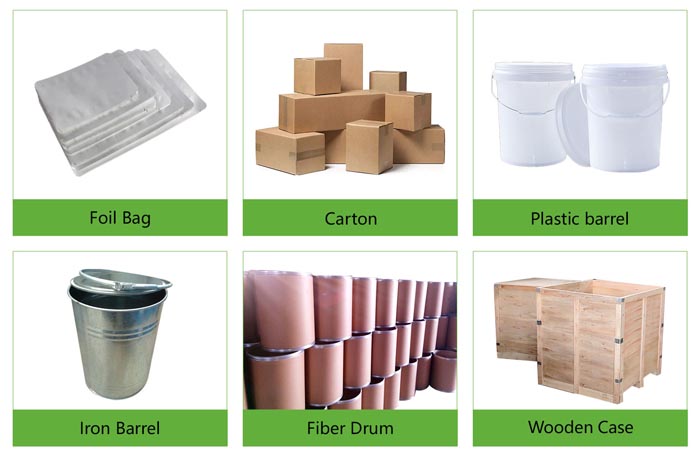
Colloidal Silver Nano Silver Solution CAS 7440-22-4
About Colloidal Silver Nano Silver Solution: Nano Silver solution is a metallic Silver elemental with a particle size of 1-100nm. The particle size of the nanosilver is mostly about 20 nanometers, and a few can reach less than 5 nanometers. With a broad spectrum of bactericidal effects, about 650 kinds of bacteria, and do not produce drug resistance. Animal experiments showed that even if the dosage of nano-silver antibacterial powder reached thousands of times aboutthe standard dosage, the tested animals had no toxic performance. At the same time, it can also promote the repair of damaged epithelial cells. It is worth mentioning that the antibacterial effect of this product is increasingly enhanced when it meets water, which is more conducive to the treatment of diseases. Nano-silver acting on cell membrane proteins can directly destroy bacterial cell membrane and oxygen metabolism enzyme (-SH), block bacteria and other microorganisms from the absorption of amino acids, uracil and other essential nutrients for growth, thus inhibiting their growth. This unique mechanism can kill most bacteria, fungi and other microorganisms. Nano-silver particles have super permeability and can quickly penetrate into the subcutaneous 2mm to sterilize, which has a good bactericidal effect on the deep tissue infection caused by common bacteria, stubborn bacteria, drug-resistant bacteria and fungi. Biomedicalmaterialsprogram is a trusted global Colloidal Silver Nano Sliver Solution supplier. Feel free to send an inquiry about the latest price of Nano Silver at any time. Product Performance of Colloidal Silver Nano Silver Solution CAS 7440-22-4: The nanosilver solution is a colorless & transparent liquid or light yellow, made of nanosilver that particle size is less than 2nm through nanotechnology. The colloidal silver is widely applicable for various fabrics including cotton, blending fabric, chemical fiber, non-woven fabric, leather, etc for washing-resistance antimicrobial purposes. Textile after treating will not affect origin handling, color or state, and the antimicrobial effect can maintain above 99% even after washing 50 times. Technical Parameter of Colloidal Silver Nano Silver Solution:| Product Name | MF | Purity | Particle Size | Bulk Density | Melting Point | Color |
| Colloidal Silver | Ag | 100ppm,1000ppm | <10nm | 10.49 g/cm3 | 961℃ | light yellow |

Colloidal Silver Nano Silver Properties |
|
| Other Names | Colloidal Silver, Nano Silver, silver nano liquid |
| CAS No. | 7440-22-4 |
| Compound Formula | Ag |
| Molecular Weight | N/A |
| Appearance | colorless & transparent liquid or light yellow |
| Melting Point | N/A |
| Solubility in water | N/A |
| Density | 10.49 g/cm3 |
| Purity | 100ppm, 1000ppm, 2000ppm |
| Particle Size | <10nm |
| Boling point | 961℃ |
| Specific Heat | N/A |
| Thermal Conductivity | N/A |
| Thermal Expansion | N/A |
| Young's Modulus | N/A |
| Exact Mass | N/A |
| Monoisotopic Mass | N/A |
Colloidal Silver Nano Silver Health & Safety Information |
|
| Safety Warning | N/A |
| Hazard Statements | N/A |
| Flashing point | N/A |
| Hazard Codes | N/A |
| Risk Codes | N/A |
| Safety Statements | N/A |
| RTECS Number | N/A |
| Transport Information | N/A |
| WGK Germany | N/A |
Inquiry us

